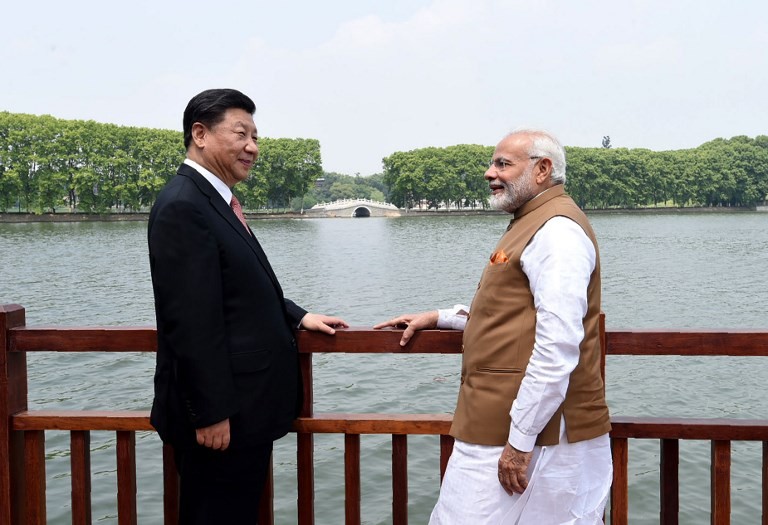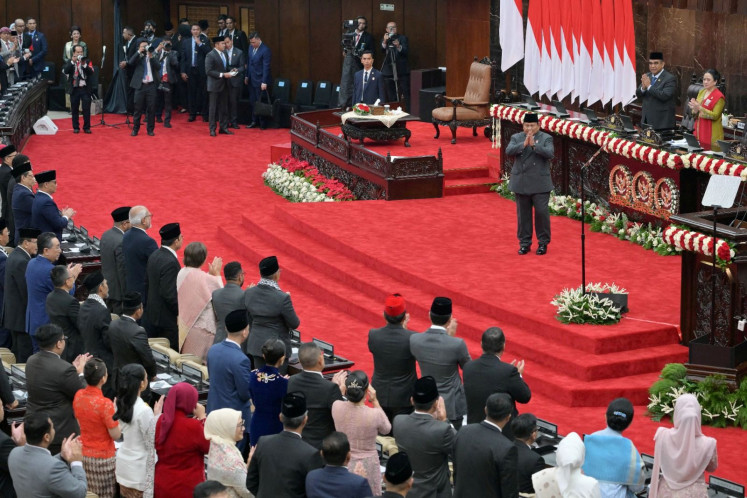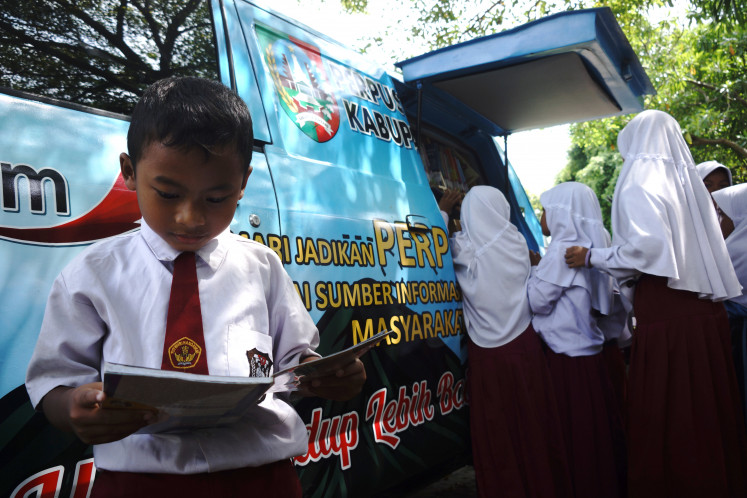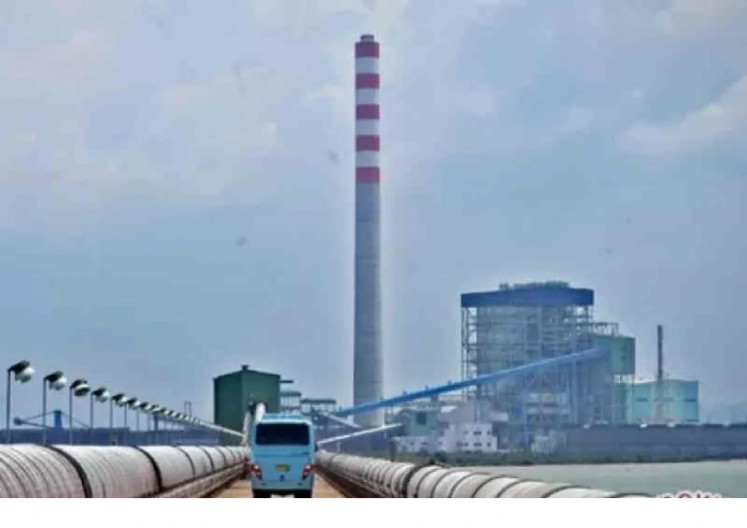Popular Reads
Top Results
Can't find what you're looking for?
View all search resultsPopular Reads
Top Results
Can't find what you're looking for?
View all search resultsTianjin test: Modi to meet Xi amid fragile reset
China remains inextricably embedded in Indian supply chains despite the years-long stand-off between the two militaries.
Change text size
Gift Premium Articles
to Anyone
P
rime Minister Narendra Modi is scheduled to visit China’s Tianjin on Aug. 31 for a summit meeting of Shanghai Cooperation Organization (SCO) leaders including Chinese President Xi Jinping and Russian President Vladimir Putin. His last visit to China was in 2018 for the SCO Summit in Qingdao.
The Chinese People’s Liberation Army’s ingress into Eastern Ladakh in the summer of 2020, ruptured bilateral relations. Diplomatic and military negotiations for disengagement of the two countries’ forces finally gathered pace with a Patrolling Agreement in October 2024.
While the disengagement has not led to de-escalation, the increase in pace for resetting ties has been the result of compelling economic imperatives. Modi’s visit comes at a time when India is facing 50 percent tariffs from its largest trading partner, the United States.
China is India’s second-largest trade partner after the US. Their total trade was US$128 million in FY2024-25. However, within this, $113 million was in imports to India, highlighting the huge trade imbalance. The high dependence on China, for components, machinery and technical personnel, further illustrates this economic reality.
The Indian industry and business, in the last four years, had been pushing for easing of tensions and loosening curbs on Chinese suppliers. Going beyond components, finished products by Chinese companies have created a dedicated clientele through careful brand building and promotional campaigns.
Knowing its indispensable position, China has also visibly leveraged and weaponized its strategic location in the network of supply chains. Restrictions on machinery and equipment for iPhone production, tunnel boring machines and rare earths are some examples of China’s zero-sum approach to slow down industrial-infrastructural development and hold onto an advantageous negotiating position.
Indian industry has voiced the need to reduce overdependence on China, but it has also called for higher inflow of Chinese FDI into key sectors such as electronics by reconsidering restrictions from countries sharing land boundaries with India.
The transformation of India into a manufacturing hub, the template here being China, is one of the priority objectives for the Modi government. The ambitious Make in India campaign and schemes like Production Linked Incentives (PLI) are a fillip to these ambitions to attain self-sufficiency.
India has also been actively seeking benefits from the China Plus One diversification strategy, developed by Western corporations to find alternative production bases and de-risk their businesses, learning from their experiences of COVID-related disruptions in China. However, this strategy is now confronted with challenges after the 50 percent tariffs by the Trump administration.
As a geopolitical rival, Beijing is aware of this approach, especially with India betting big on Apple-Foxconn as a critical entity to its manufacturing ambitions, and hence the squeeze on machinery and personnel to Foxconn’s Indian facilities. In the meeting with Chinese foreign minister Wang Yi in Delhi, India also sought assurances from China that it would remove export curbs on products such as fertilisers and rare earths.
There is a realization within the Indian government that in the short to medium term, it will have to rely on China for components, machinery and technology. The admission in the Economic Survey in 2024 that “to boost Indian manufacturing and plug India into the global supply chain, it is inevitable that India plugs itself into China’s supply chain”, is illustrative of this reality.
Proposals of collaborations between Indian and Chinese electronics companies through joint ventures have been greenlit. Plans are also afoot to create easier visa norms for Chinese nationals in non-technical executive roles in Chinese companies’ India operations.
The present “normalization” of the relations and the speed at which it is happening is not on India’s terms nor determined by it. Therefore, questions of market access of Indian products in China and non-tariff barriers remain unresolved, and there are no positive signals from Beijing on these.
While Apple has big plans for India, with a steady stream of media announcements on US tariffs, matters are complicated. For all its diversification plans, the company still retains its main production lines in China and has not announced any plans to move out of the country.
Keeping this context in mind, loud announcements by politicians need to be tempered by reality. In Apple in China: The Capture of the World’s Greatest Company, Patrick McGee points out that most operations of Apple’s suppliers in India are “final assembly, test and pack out” (FATP) with components shipped from China.
India’s focused attention on electronics component manufacturing only began in March this year. However, there is no evidence of any Chinese company having come onboard the PLI scheme for mobile manufacturing with the lion’s share garnered by Apple’s contract manufacturers. The efficacy of the PLI scheme has also come into question with regard to the value addition by foreign companies as well as lack of capabilities of domestic firms.
The foundations towards holistic end-to-end manufacturing may have been laid for India to future-proof itself, but in the short to medium term future, China will remain well entrenched in Indian supply chains.
---
The writer is a fellow at the Centre of Excellence for Himalayan Studies in Shiv Nadar Institution of Eminence. The article is republished under a Creative Commons license.











